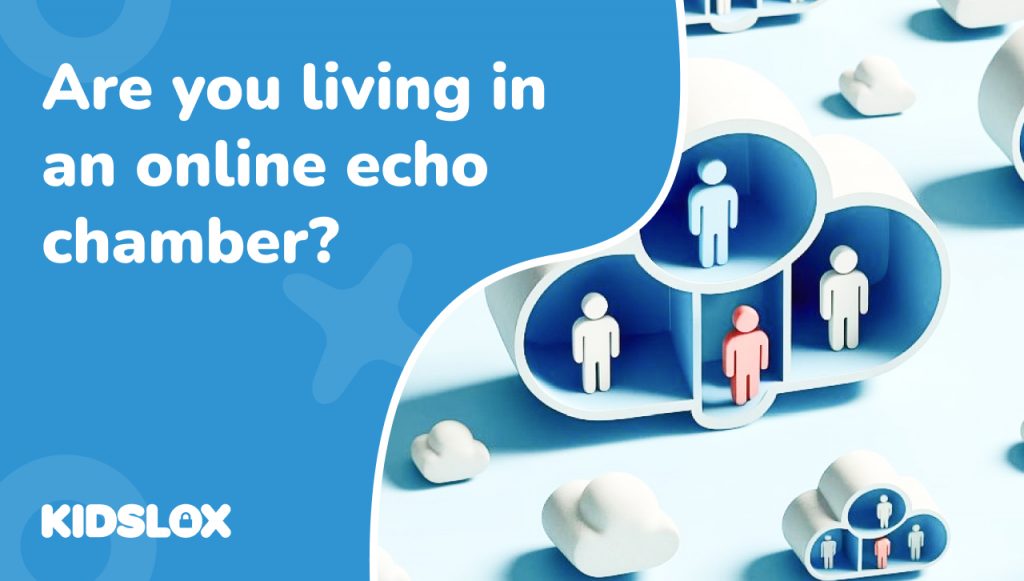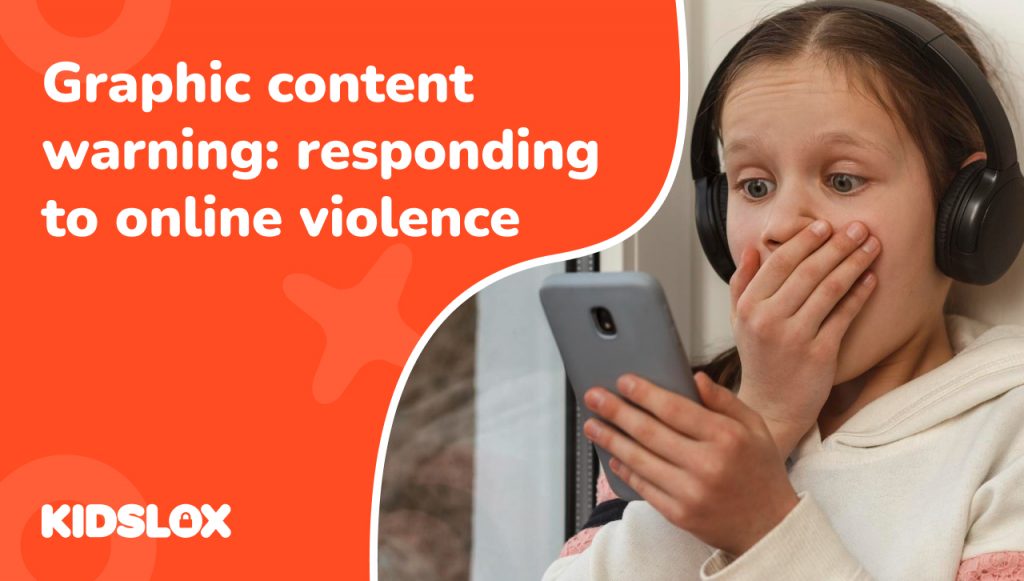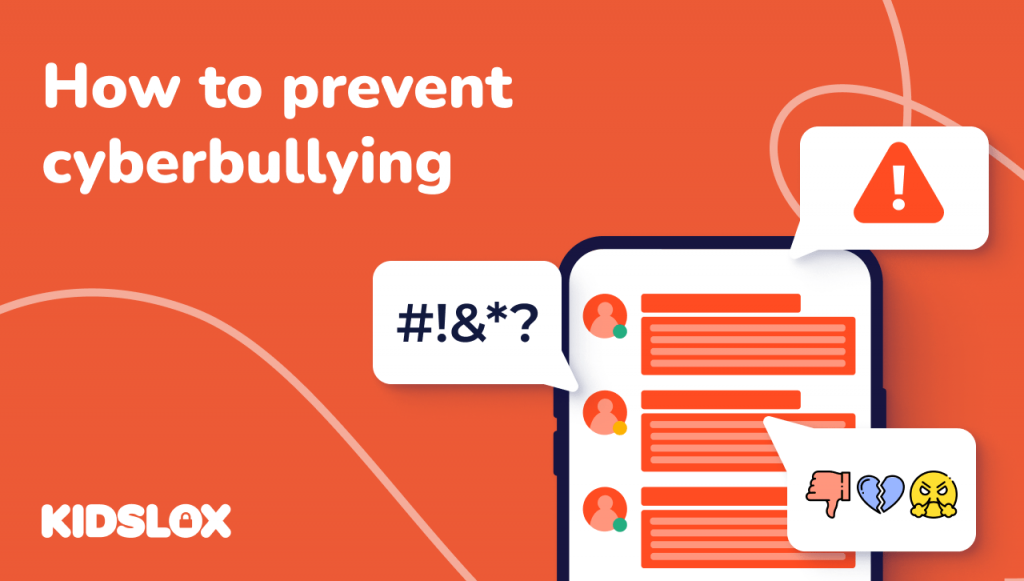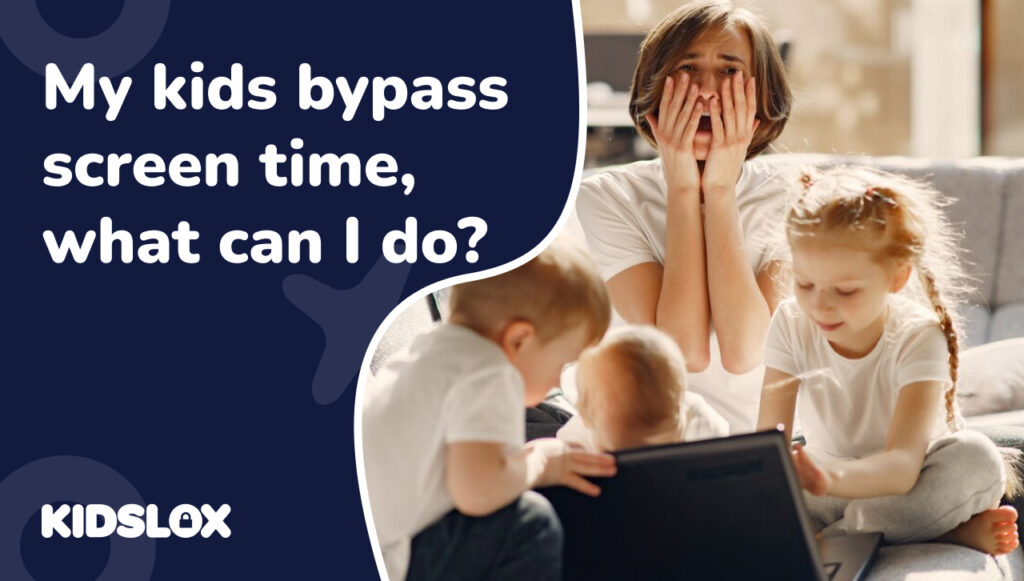Learn how echo chambers are formed in online spaces – and how to educate yourself and your family on the dangers.
“If you can find something everyone agrees on, it’s wrong.”
This quote from Mo Udall pretty well sums up our world today – where we often find ourselves in our own little echo chambers, surrounded by people who share our beliefs and values.
These echo chambers have always existed (after all, we’re safer in community!) but they’ve become particularly prevalent as social media platforms have made it easier than ever to connect with like-minded individuals.
But what happens when we’re constantly surrounded by people who share the same opinions and ideas as us? We lose sight of alternative perspectives, become closed-minded, and often see more misinformation and hate than helpful content.
While we may be able to identify this problem, children and teens can easily fall into these echo chambers without realizing it. As parents and guardians, we must take the responsibility to teach them about the dangers of echo chambers and how to break free from them.
What is an Echo Chamber?
Have you ever stood in a cave or an empty room and shouted? The sound bounces off the walls and creates a feedback loop that makes your voice louder. This is what happens in an echo chamber on social media.
An echo chamber is where individuals are mainly exposed to information and opinions that confirm what they already believe, a closed system that reinforces and excludes other views.
Traditionally echo chambers were found in social gatherings or political events where like-minded people would get together and reinforce each other’s beliefs.
But with social media and personalized algorithms, echo chambers have become a major problem in our digital world – especially when we connect to (and stay in) our bubbles of like-minded people.
The Echo Chamber Effect & Social Media
As you can see, the algorithm used by social media companies is a big part of the problem. These algorithms show us content we’re likely to engage with – whether it be through likes, shares, comments or clicks.
When you engage with a post or an account, the algorithm takes note and shows you more of the same content and accounts because it thinks you like them.
This is amplified when we only follow accounts and pages that align with our beliefs and values – and get stuck in a cycle of reinforcement where our views are never challenged.
What Are The Dangers of Echo Chambers?
While it may seem comfortable to only surround ourselves with people who share our opinions, there are several dangers associated with living in an echo chamber.
Echo Chambers Breed A Limited Perspective
Echo chambers limit our exposure to diverse perspectives, which can lead to a narrow and biased view of the world. By only consuming information that confirms our beliefs, we miss out on opportunities for growth and understanding.
Echo Chambers Can Hinder Critical Thinking
When we are constantly receiving information that supports our ideas, we may become less inclined to question or challenge them. This can result in a lack of critical thinking skills and an inability to consider alternative viewpoints.
Echo Chambers Increase Polarization
Echo chambers contribute to the widening divide between different groups as individuals become more entrenched in their own beliefs and less willing to listen to opposing views. This can lead to increased polarization and a breakdown of communication.
Now, take those dangers and apply them to younger minds, and you can easily see how the dangers of echo chambers can be amplified. Young people are still developing their beliefs and values, and when they are only exposed to one perspective, it can greatly influence their worldview.
- Kids and teens may struggle with critical thinking skills and have a hard time understanding and empathizing with those who hold different beliefs.
- It can lead to a lack of diversity and inclusivity, as young people only surround themselves with others who share their views.
- This can also result in increased cyberbullying and online harassment, as individuals are quick to attack those who hold opposing opinions.
Are Echo Chambers Always Bad?
While echo chambers have many downsides, they can also be a sense of community and belonging for people who feel marginalized or isolated in the bigger world. Some are safe spaces to talk about sensitive topics and support those who share the same beliefs.
But we need to acknowledge the risks of echo chambers, seek out diverse perspectives, and practice critical thinking – after all, being exposed to other views and challenging our own beliefs is important for personal growth and a healthy society.
This is especially important for young people who are still forming their identities and beliefs. By breaking out of our echo chambers, we can build understanding and empathy towards others and have more productive and respectful conversations.
Breaking Out of the Echo Chamber
So how do we overcome the risks of echo chambers?
It seems like the solution is to just expose ourselves to other views, but it’s not that simple. Sometimes, we risk backlash and being rejected by our own community for challenging their beliefs.
What we need is a framework to filter information, analyze it critically and form our own opinions.
An Anti-Echo Chamber Framework For Kids & Teens
As parents, teachers, and mentors, we can also play a crucial role in helping young people break out of echo chambers. We can encourage them to ask questions, challenge their own beliefs, and seek out diverse perspectives.
Here’s a framework we can begin to implement in our interactions with young people:
Know Our Foundational Beliefs
First, we need to know our own beliefs and biases. Our foundational beliefs are shaped by our upbringing, cultural and societal influences, and personal experiences.
Knowing these can help us understand why we lean towards certain ideas or opinions. Questions we can ask ourselves:
- What are my core values and beliefs?
- Where do they come from?
- How have they been influenced by my experiences and environment?
Encourage Critical Thinking
We can also practice critical thinking with young people by asking open-ended questions, asking them to consider multiple perspectives, and teaching them how to fact-check information. This helps them develop their own analytical skills and form their own opinions.
For example, when talking about a current event or controversial topic we can ask:
- What are the different viewpoints on this issue?
- How do these views differ from my own, and why?
- Are there any facts or evidence that support or contradict these beliefs? Where did this information come from?
Expose Them to Diverse Perspectives
To prevent young people from being stuck in an echo chamber, it’s important to expose them to a variety of opinions and ideas.
This can include exposing them to diverse media sources, introducing them to individuals with different backgrounds and beliefs, and encouraging them to engage in respectful dialogue with those who hold opposing views.
Sometimes, this can be uncomfortable or challenging for both the young person and their caregiver, but it can also lead to growth and understanding. It’s important to create a safe and supportive environment for these discussions to take place.
Teach Empathy and Respect
Empathy is the ability to understand and share the feelings of others. By teaching empathy, we can help young people understand that everyone has different experiences and perspectives that shape their beliefs. This can lead to more respectful interactions with others, even if they disagree.
Emphasizing the importance of respecting others’ opinions can help prevent conflicts and promote open-mindedness. We can teach this by modeling respectful communication ourselves and encouraging youth to actively listen to others without judgment.
Continuously Educate Ourselves and Others
As parents, it’s essential to continuously educate ourselves on current events and controversial topics. This allows us to have informed discussions with young people and provide accurate information.
We can also guide them towards reputable sources of information and teach them critical thinking skills to evaluate the reliability of sources they come across. By staying informed ourselves, we can better support youth in developing their own understanding of complex issues.
Encourage Civic Engagement
By encouraging youth to engage in their communities through volunteering, activism, or participating in local government, we can help them develop a sense of responsibility towards society. Studies show that engaging in civic activities can expose young people to diverse perspectives and help them develop empathy and understanding for others.
What If I Fear My Child’s In An Echo Chamber?
It’s never been more challenging to shield our children from the barrage of information and opinions on the internet. With social media algorithms tailored to their interests, it’s possible for young people to create an echo chamber where they only encounter views that align with their own.
As parents, we can encourage our children to follow a diverse range of voices on social media and engage in conversations with friends of different backgrounds and beliefs.
When we begin to see signs of our child being dismissive or intolerant of differing opinions, we can use it as an opportunity to have open and respectful discussions about the importance of listening to and considering multiple perspectives.
Here are some questions you can ask your child in a safe and non-confrontational way:
- How do you decide which sources to trust when it comes to news and information?
- Can you think of a time where you had your mind changed about something after hearing a different perspective? What made you change your mind?
- How do you handle disagreements with friends or classmates who have different opinions than you?
These conversations can help our children develop critical thinking skills and become more open-minded individuals.
We Must Lead By Example
Our children are always watching and learning from us, whether we realize it or not. So, if we want them to embrace diversity and inclusion, we must first embody those values ourselves. Only then can we expect them to do the same.
This means being open to challenging our own beliefs and admitting when we may be wrong. It also means actively seeking out conversations and interactions with people from different backgrounds, cultures, and viewpoints.
By modeling this behavior, we can create a positive influence on our children and help them become more empathetic, understanding, and accepting individuals.
Want to learn more about how you can begin to foster an open and safe conversation with your child about their digital wellness? At Kidslox, we are always here to help. Visit our website for more great insights just like this, or contact us for more information.





